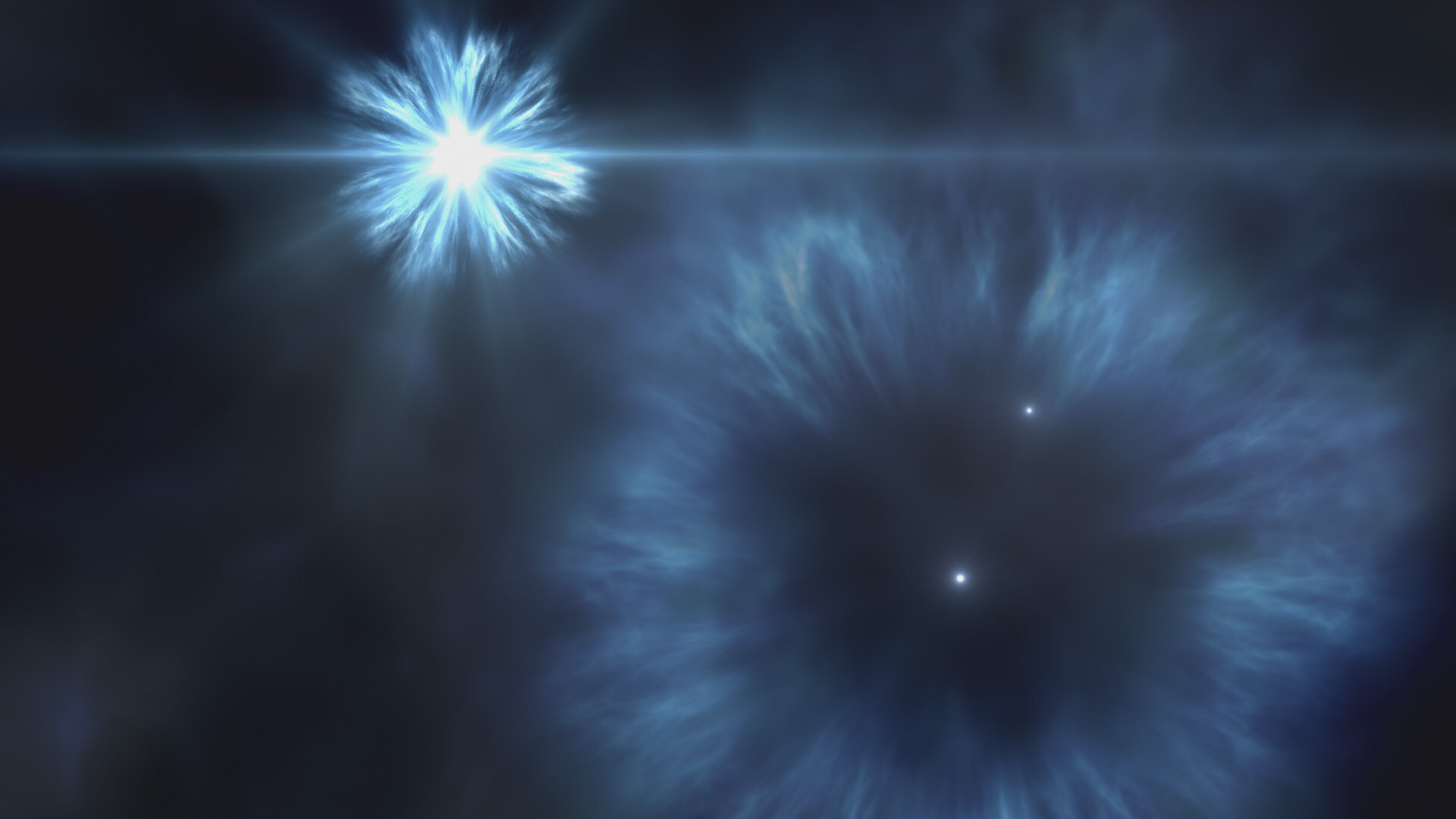
Astronomers studying one of the oldest known stars have found it has an unexpectedly high level of oxygen in its atmosphere. This suggests that oxygen was produced in the very earliest supernovae in our universe.
The star in question, J0815+4729, is over 5,000 light-years away in the constellation of Lynx. It is of a type called a halo star, and it is so old that observing it is like looking back in time. “Stars like J0815+4729 are referred to as halo stars,” UC San Diego astrophysicist Adam Burgasser, a co-author of the study, explained in a statement. “This is due to their roughly spherical distribution around the Milky Way, as opposed to the more familiar flat disk of younger stars that include the sun.”
The researchers used the W. M. Keck Observatory to observe the star and found that it has an unusual chemical composition with relatively high amounts of carbon, nitrogen, and oxygen, but very low amounts of calcium and iron. Compared to our sun, J0815+4729 has only one-millionth the amount of these heavier elements.
This is because ancient halo stars were formed before later supernovae explosions spread heavy elements like iron throughout the galaxy. “The primitive composition of the star indicates that it was formed during the first hundreds of millions of years after the Big Bang, possibly from the material expelled from the first supernovae of the Milky Way,” said Jonay González Hernández, lead author of the study.
Even by the standards of halo stars, J0815+4729 is an outlier. “Only a few such stars are known in the halo of our galaxy, but none have such an enormous amount of carbon, nitrogen, and oxygen compared to their iron content,” said David Aguado, co-author of the study.
This finding helps astronomers to understand how oxygen was produced at the dawn of the universe. “This result is very exciting,” Keck Observatory Chief Scientist John O’Meara said. “It tells us about some of the earliest times in the universe by using stars in our cosmic back yard. I look forward to seeing more measurements like this one so we can better understand the earliest seeding of oxygen and other elements throughout the young universe.”
The findings are published in The Astrophysical Journal Letters.
Editors' Recommendations
- Hawaiian telescope snaps an image of a recently formed baby planet
- Astronomers discover bizarre stretchy objects unlike anything else in our galaxy
- Is one of the brightest stars in the sky about to go supernova?




